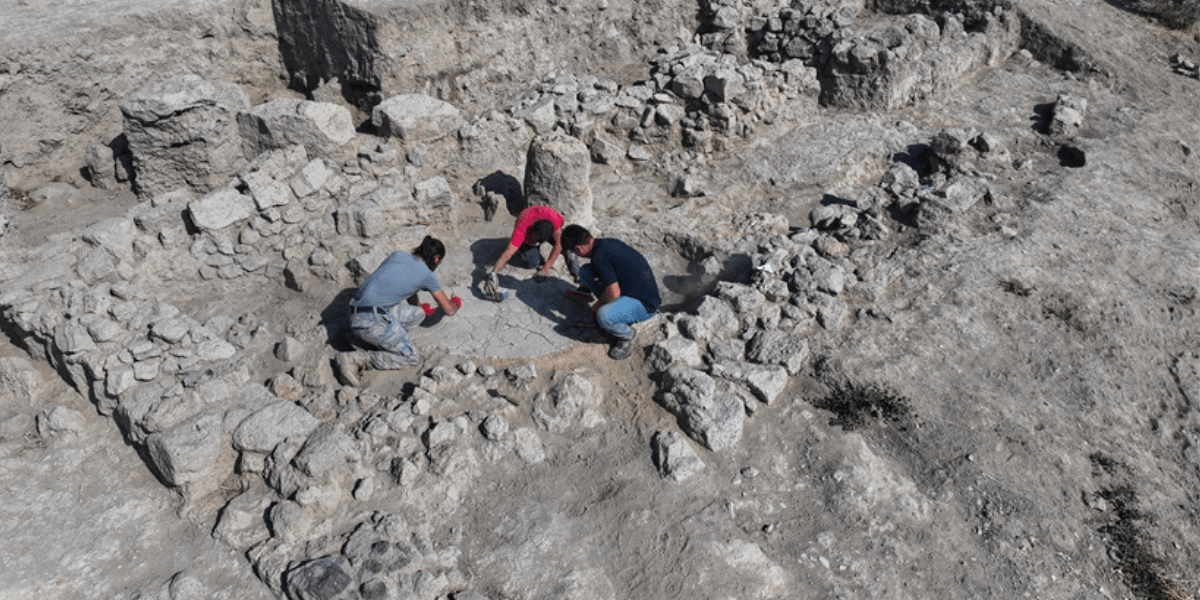Archaeologists have uncovered a structure with a plastered floor from the Middle Ages at Tatarlı Höyük in the Ceyhan district of Adana.
Tatarlı Höyük has experienced continuous settlement from the Neolithic period to the Roman period.
Its proximity to the Amanos Mountains and control over natural passes have made Tatarlı Höyük an important trade and strategic point throughout various periods.
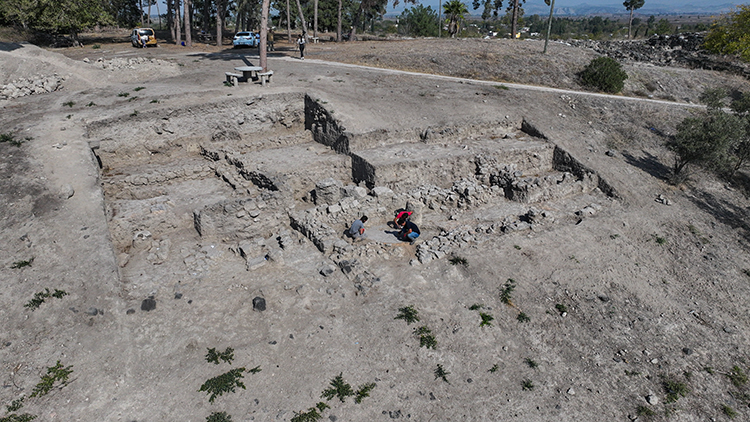
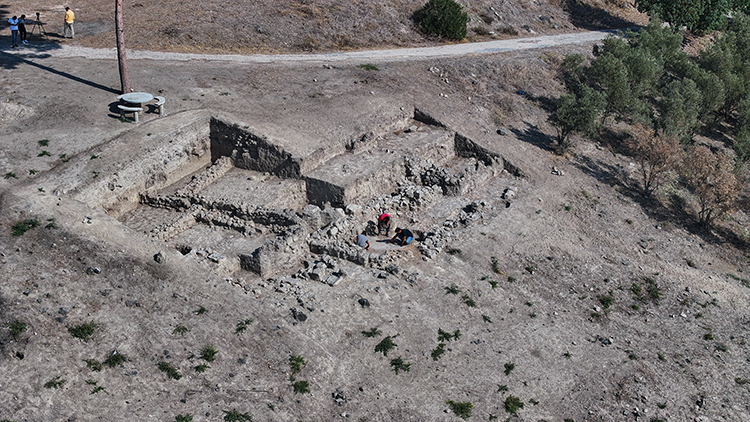
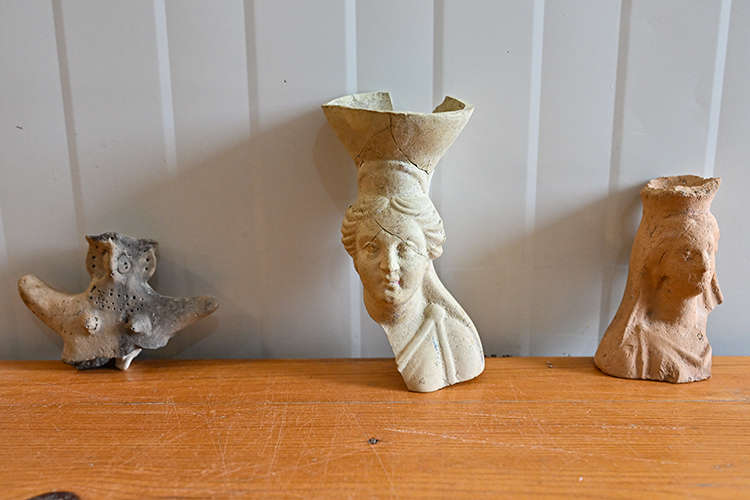
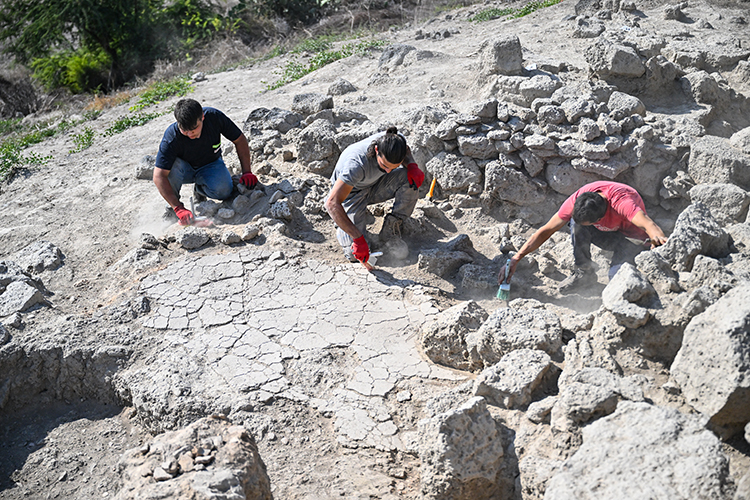
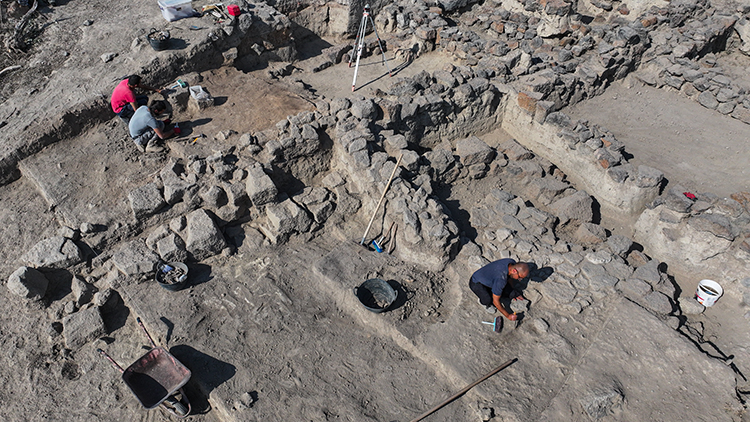
“Besides the data related to the sacred structure, we have also encountered significant artifacts. One of these is a nude female figure, which is commonly found in northern Syria. However, do not think of Syria in terms of today’s borders; we are talking about 4,000 years ago. 4,500 years ago, this region was home to large and advanced cities. Similar artifacts have also been found in Cilicia. Additionally, we have a bronze artifact, which is typically buried beneath the foundations of sacred or administrative structures before they are built. It is believed that this artifact will protect the structure. These are protective figures.”

